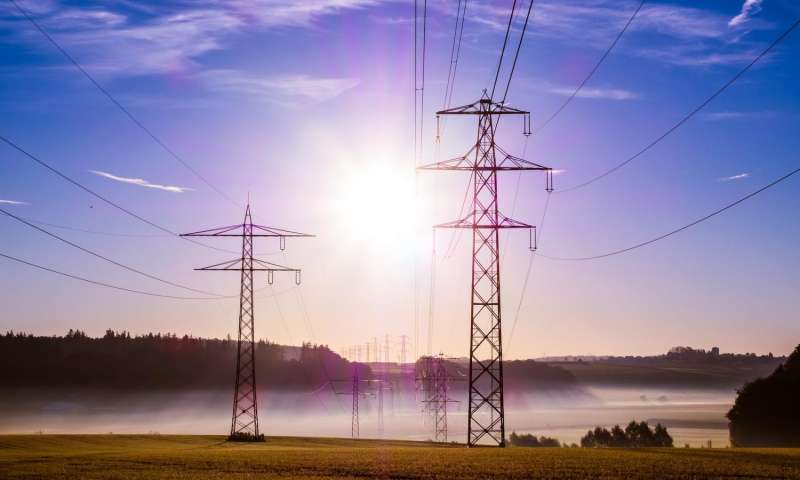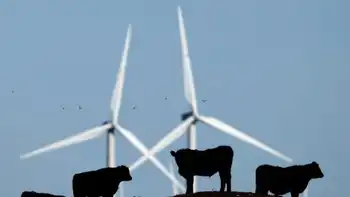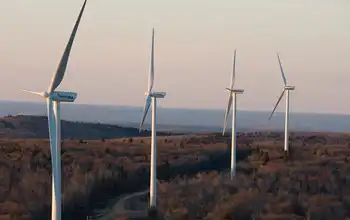Wind energy grows almost 20 percent in 2012
By Canadian Wind Energy Association
Protective Relay Training - Basic
Our customized live online or in‑person group training can be delivered to your staff at your location.

- Live Online
- 12 hours Instructor-led
- Group Training Available
CanWEA expects new wind energy projects to add almost 1,200 MW of clean energy by the close of 2012. This will mark the second consecutive year with well over 1,000 MW of newly installed capacity, maintaining Canada's position as one of the world's leading wind energy markets.
Every 1,000 MW of new wind energy drives $2.5 billion in investments, creates 10,500 person-years of employment, and provides enough clean power for over 300,000 Canadian homes. Canada will see wind energy projects commissioned in British Columbia, Alberta, Ontario, Quebec and Nova Scotia in 2012. Over 60 percent of Canada's new wind energy capacity in 2012 will be installed in Quebec.
"Wind energy continues to prove it is a reliable and affordable partner as provinces seek to diversify and clean their electricity supplies and avoid the high costs and cost overruns associated with some other forms of energy," says Robert Hornung, president of CanWEA.
"Ontario's wind energy industry continues to create good new jobs for Ontario's manufacturing sector in places like Hamilton, Niagara, Chatham and Tillsonburg, but we are really just getting started. With political leadership and continued policy stability, wind energy will deliver on its promise of providing the clean, safe electricity that Canadians want."
Canada will have over 6,400 MW of installed wind energy capacity by the end of 2012. Ontario will remain the provincial leader with over 2,000 MW Quebec and Alberta will follow with approximately 1,600 MW and 1,100 MW respectively. Nova Scotia has proven itself a leader in the establishment of a program to support community-based wind energy.
Saskatchewan, Nova Scotia and Prince Edward Island are all moving forward with new requests for wind energy in 2012 and projects are currently under construction in several provinces, particularly Quebec and Ontario. CanWEA is also confident that Quebec will move ahead with a fourth call for tenders this year, leading CanWEA to project a record year for wind energy development in 2013.
"There are many examples of leadership in supporting renewable energy across Canada, but we must see more action by governments in British Columbia and Alberta to capitalize on those provinces' enormous wind energy potential. Canada can be a world leader in producing clean energy that reduces our greenhouse gas emissions," said Hornung. "This is not about tomorrow or some future that we can dream about. This is about taking responsibility recently."











